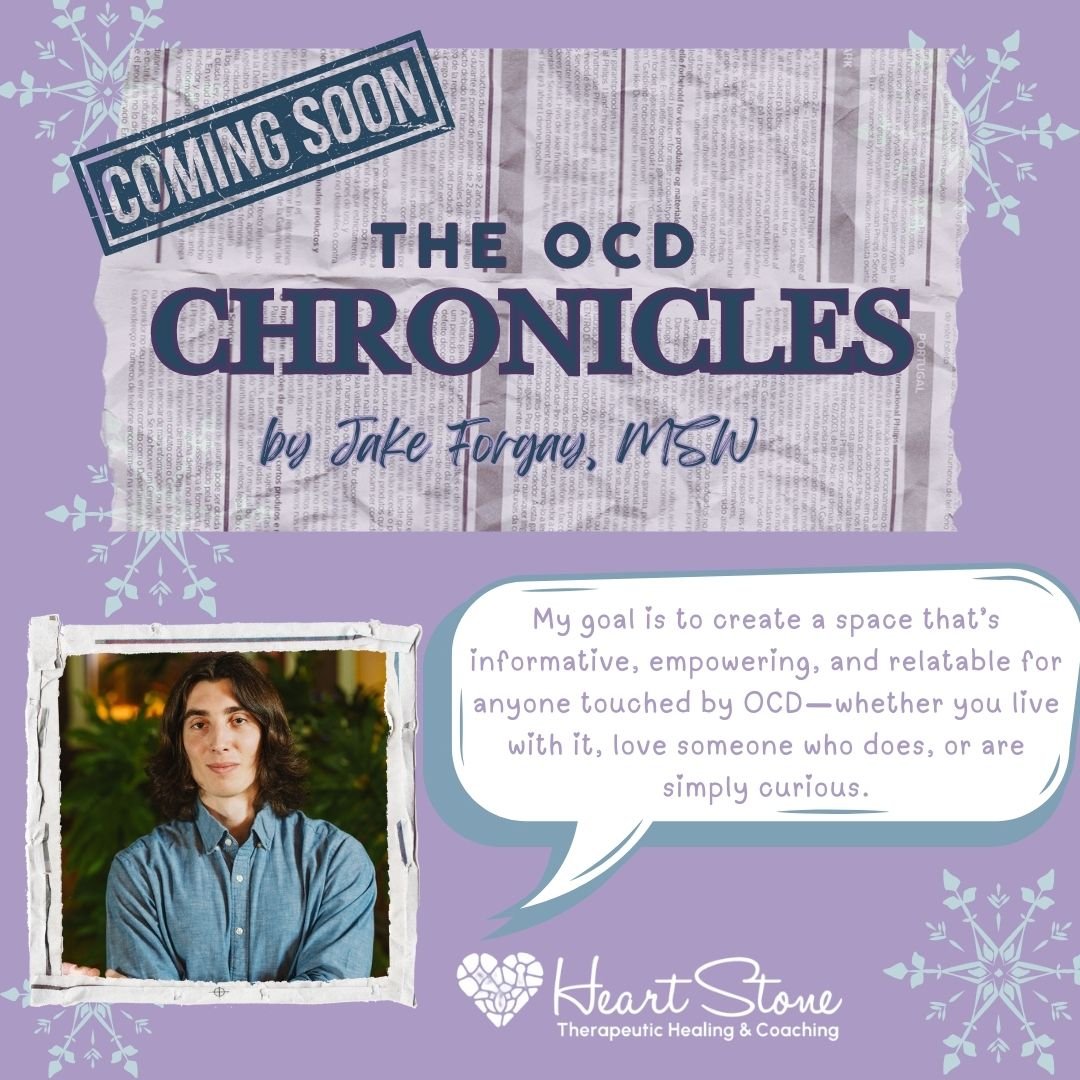Accepting and Dismantling Uncertainty
In the last post, I explored the question of why intrusive thoughts are so scary in the first place, and offered two perspectives as to why that may be the case. ERP suggests that it is because of the appraisals and feared outcomes that are attached to those worries, whereas I-CBT suggests it is because of inferential confusion, difficulty in differentiating doubt grounded story versus reality. In both of these scenarios, uncertainty lies at the heart. The question is how we work with this uncertainty. I want to explore two paths, Acceptance and Insight, shifting away from using clinical language to convey the emotional reality behind the terms I’ve introduced so far in this series (i.e. response prevention, inferential confusion, appraisals, safety learning, etc…).
Uncertainty, Core Fears, and I-CBT
“In the last article, I dove deeper into some of the common features and experiences of Harm OCD, Perinatal OCD, and Pedophilia OCD. Yes, all of these subtypes share a common theme: paralyzing doubts and fears of committing some kind of violence against something you don’t want to. In hearing about the experiences of these subtypes, a response from the ignorant non-suffer would probably fall into two categories: catastrophizing (“What?! Why in the hell would you think that?! I wouldn’t tell anyone about that… Keep that to yourself”) or discounting (“Come on, why is that even scary in the first place? Why would you ever doubt your inner intentions? Of course you must know that you don’t want to do that”). It is this latter response which I want to explore. After all, why are obsessions, across all types, so scary and distressing in the first place? What is it about them that grants them the power to wreak havoc on our self-concept, contentment, and peace of mind? There are a few interesting theories and perspectives on this answer, and I’m going to try to cover a few prominent ones.”
Harm OCD: A Tale
In the last post, we explored some of the general biological and psychological components of OCD. There is still a lot more to cover, and in the future posts, I’d love to dive deeper in these aspects. For this week, I want to turn attention into a deeper dive on Harm OCD and the related subtypes of Perinatal OCD and Pedophilia OCD, which fall under the dimension of Unacceptable Thoughts (make sure to refer back to blog post 2 for more clarity on the dimensions of OCD). Harm OCD, Perinatal OCD, and Pedophilia OCD are some of the least understood and most distressing, confusing and gut wrenching OCD subtypes. Let’s take a deeper look at what the experience of someone with these subtypes might look like.
The Biology Behind OCD
In the last article, I explored the core dimensions of OCD. I want to now give a very brief overview of the bio-psycho-social components of OCD, to raise awareness about the predisposing, learned, and maintenance factors of the condition.
The Many Faces of OCD
The range of human fears is innumerable, and thus, there are many faces of OCD. However, there are patterned ways that OCD presents itself. These patterns or themes are referred to as “subtypes”, and are …
What is OCD?
“Omg I’m sooooo OCD…”
“I can get so OCD about…”
“He loves to cook but sometimes he can just get too OCD about it…”
“I’m such a neat freak! I’m probably OCD…”
These are probably a few ways you’ve heard about OCD …
Coming Soon: The OCD Chronicles
🚨 Exciting News! 🚨
Jake Forgay, MSW is launching a weekly blog every Friday dedicated to all things OCD! 📝







